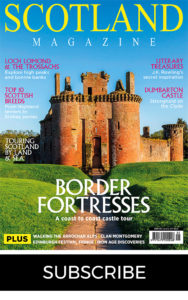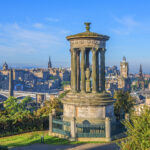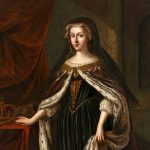MORE FROM SCOTLAND MAGAZINE
The Lyon Court: Pomp with a point
In the first of a new series on historic organisations, we look at the crucial role the Lyon Court plays in protecting Scotland’s heraldry
WORDS Roddy Martine
Resplendent in decorative tabards of gold, scarlet, and blue, with black and gold bicorn hats, the Heralds and Pursuivants of Scotland are to be seen on parade whenever there is an important display of national pageantry. But there is far more to these symbolic remnants of a bygone age than meets the eye.
Although the Court of the Lord Lyon King of Arms is known to date from the 14th century, its mythology lies deep in the mists of a long ago land of Celts and Druids, where High Sennachies were primarily held responsible for recording the genealogies of the ruling houses of Scotland.In a medieval world preoccupied with primogeniture, it was critical to have a judicial authority to oversee pedigree, precedence and inheritance. European Chivalry – collectively knights, noblemen and horsemen – placed immense importance on heraldic devices, the coats of arms, shields, crests and monograms, which not only confirmed but displayed personal status and provenance. This was how the ruling elite recognised one another and how they held on to their inherited property and land. And Scotland was ahead of the game. The earliest written record of a ‘Lyoun Herauld’ dates from 1377.
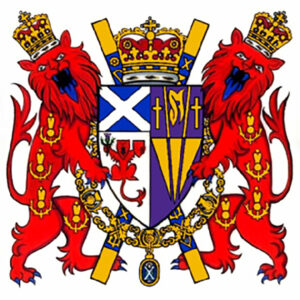
The first recorded holder of the office was one Henry Greve, during the reign of King Robert III, who attended the coronation of King Henry IV in London in 1399. The title of ‘Lyon’ derives from the lion depicted on the Coat of Arms of Scotland, a heraldic symbol first employed in the reign of King William the Lion in the 12th century.By 1400, a scion of the powerful House of Douglas occupied the senior post and by 1437, the role had passed to Alexander Nairn of Sandford. Other luminaries followed, often in an ambassadorial position, but from 1542 to 1554, during the reign of Mary, Queen of Scots, the best remembered is the flamboyant poet/playwright Sir David Lyndsay of the Mount. His Ane Pleasant Satyre of the Thrie Estaitis is the work for which he is best known.
Throughout the second millennium the office of Lord Lyon King of Arms played a unifying role in Scotland’s turbulent history. Both King Edward I of England and Oliver Cromwell sought to undermine Scotland’s stability by destroying its national archives, but they were unsuccessful. Charters and ancient land rights held and hidden by prominent families survived, forming the bedrock of the current system.By the late 15th century, England too had its College of Arms, or Herald’s College, founded in 1484 with a royal charter from Richard III. The Lord Lyon’s English equivalent is the Earl Marshal, and England has its own heraldic officers.
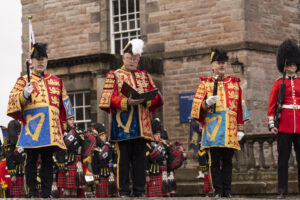
Several similar heraldic institutions with equal authority survive throughout the European Union, but it is to Scotland that the widely spread clan and family diaspora of the New World still return.Before his death in 1677, Sir Charles Erskine of Cambo, established the Public Record of All Arms and Bearings in Scotland.
During the 1745 Jacobite Rising, Sir Alexander Brodie of that Ilk, despite being a Hanoverian sympathiser, remained neutral towards the rebellious sympathies of his staff. Lord Lyon from 1890 to 1927, Sir James Balfour Paul was author of the nine-volume The Scots Peerage.In the 20th century, Sir Thomas Innes of Learney (Lyon from 1945 to 1969), and his son Sir Malcolm Innes of Edingight (Lyon from 1981 to 2001) added great distinction in the office within a changing world order.
This is an extract. Read the full feature in the June/July issue of Scotland, out on 14 April.

SCOTLAND MAGAZINE
Published six times a year, every issue of Scotland showcases its stunning landscapes and natural beauty, and delves deep into Scottish history. From mysterious clans and famous Scots (both past and present), to the hidden histories of the country’s greatest castles and houses, Scotland‘s pages brim with the soul and secrets of the country.
Scotland magazine captures the spirit of this wild and wonderful nation, explores its history and heritage and recommends great places to visit, so you feel at home here, wherever you are in the world.
